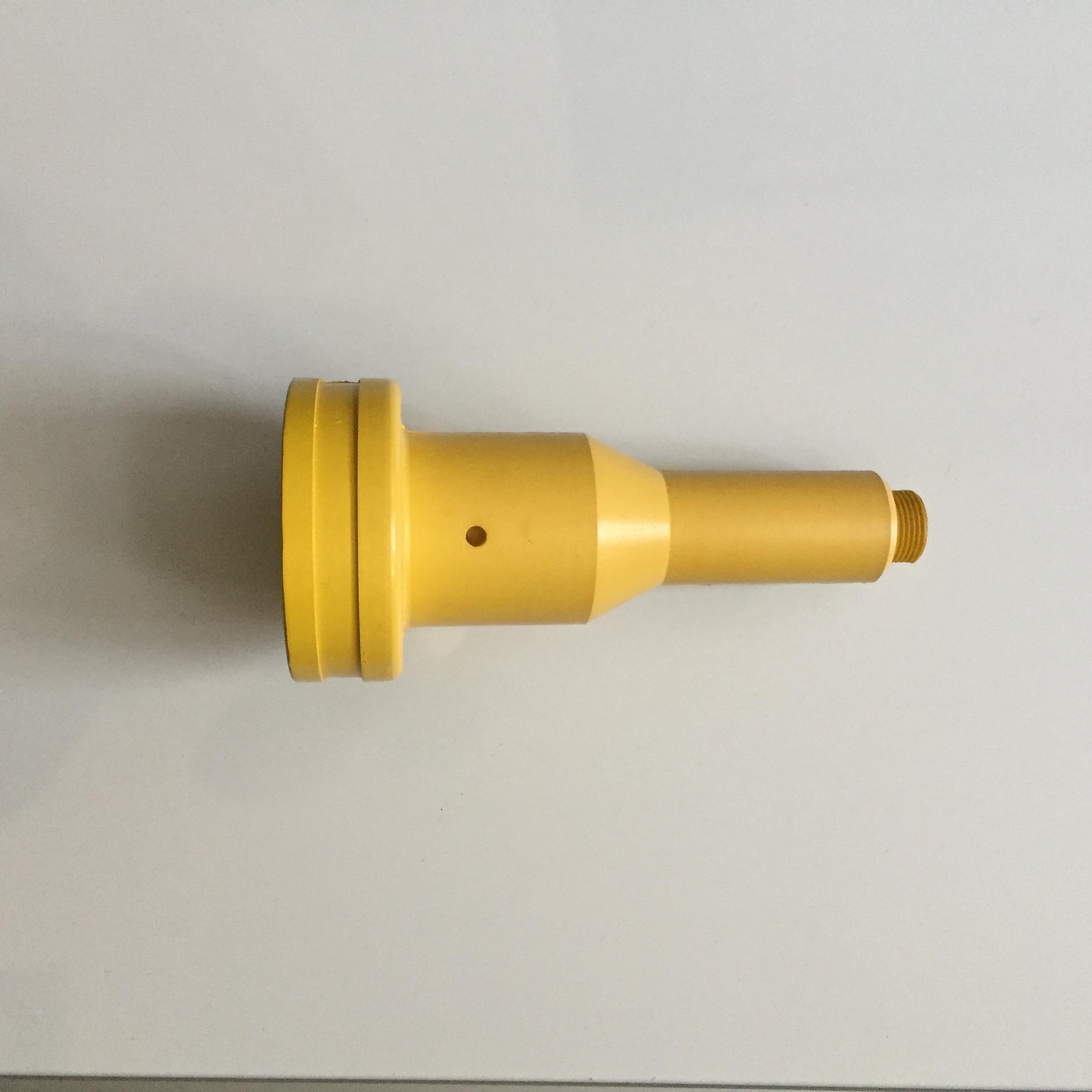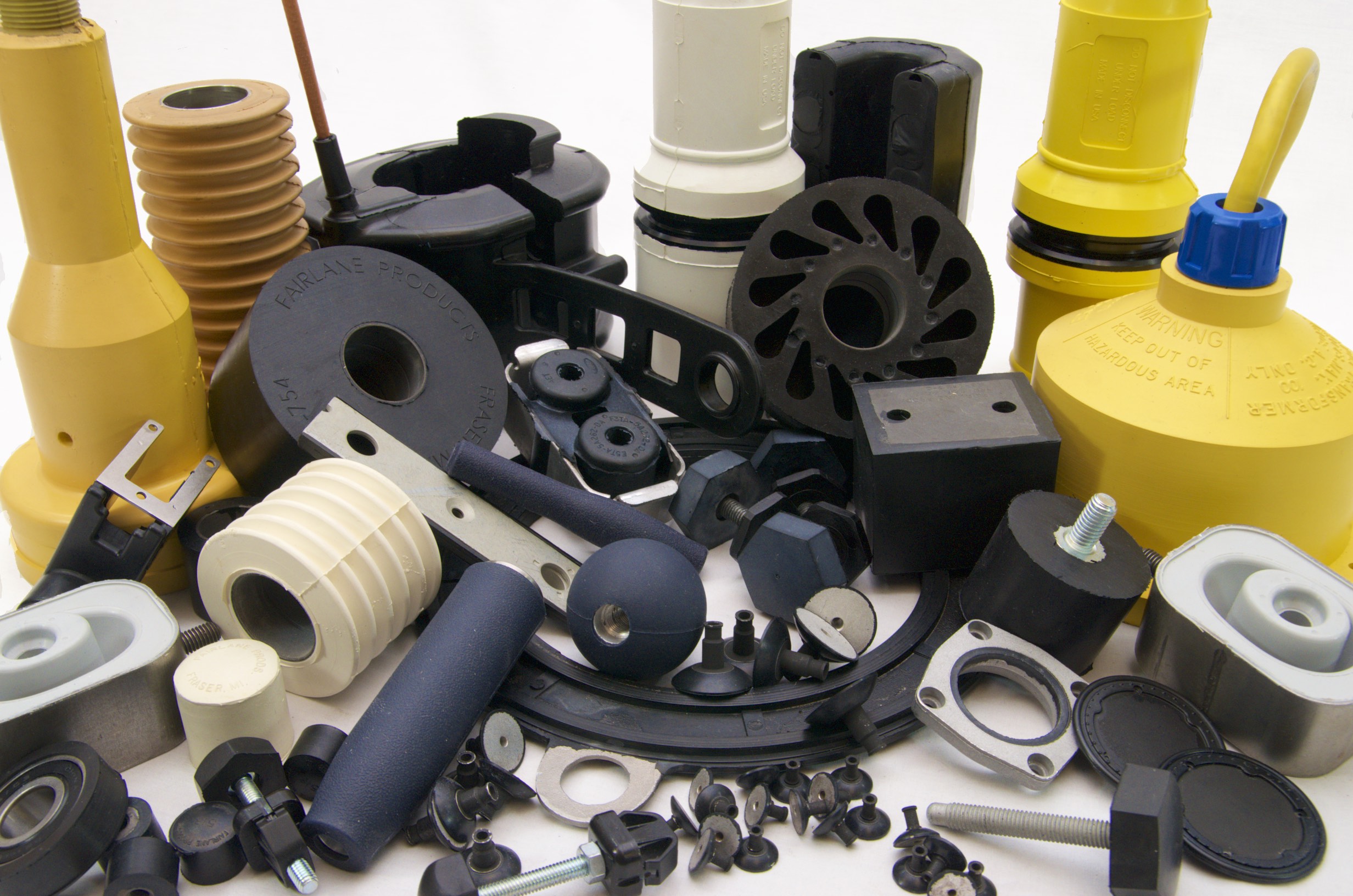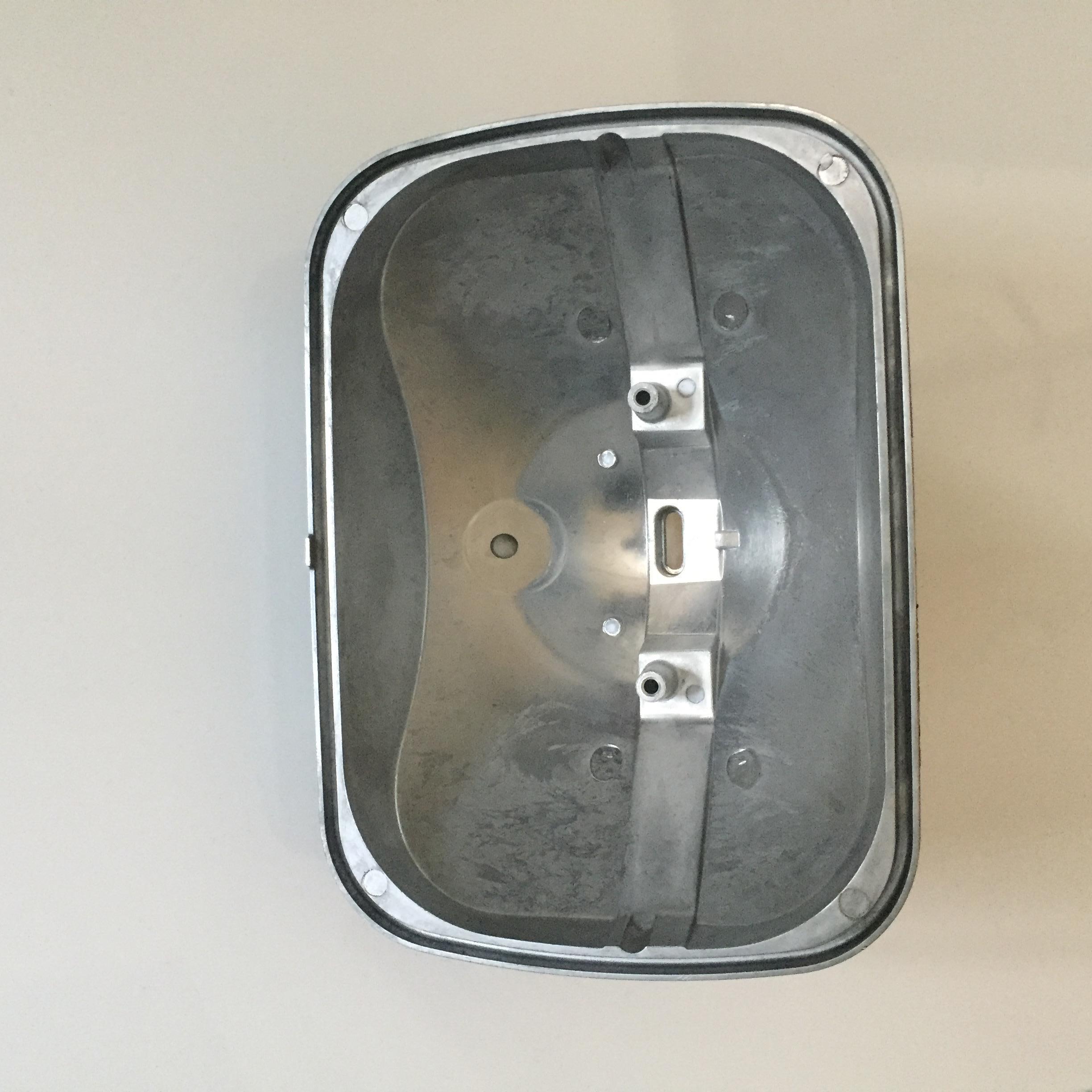Total quality management (TQM) is a strategic approach to long-term success centered around customer satisfaction. In TQM, all members of an organization - from top-level management to each individual employee - must be actively engaged and working to improve the quality of communication, processes, and services.
The key elements of Total Quality Management include:
Strategic, systematic approach to leadership/management
Customer-focused
Employee involvement and empowerment
Fact-based decision making
Continuous improvement
Mutually beneficial relationship with suppliers
Below are 4 trends that are shaping the future of Total Quality Management:
1. TQM Backed By Six Sigma
Although Six Sigma is a newer quality management concept than TQM, it was never meant to replace it. Rather, the two strategies are complementary. Whereas TQM focuses on internal departments and customer satisfaction, the key goal of Six Sigma is to reduce the number of defects.
Forward-thinking businesses are starting to implement both concepts into their quality management approaches. Specifically, Six Sigma strategies can be used to help businesses meet the “continuous improvement” goal of TQM.
2. Environmental Sustainability Standards
As environmental health continues to become a global concern, ISO has developed new standards designed to help organizations manage their environmental responsibilities. For instance, ISO 14001 specifies the requirements for an environmental management system that an organization can use to enhance its environmental performance.
The the intended outcomes of this environmental management system include:
Enhancement of environmental performance
Fulfilment of compliance obligations
Achievement of environmental objectives
Future revisions of ISO standards are expected to further emphasize the importance of environmental sustainability within the scope of TQM.
3. Expanding Boundaries of TQM
In the early years, TQM was only applied to manufacturing operations. Today, it is implemented in a wide variety of non-manufacturing organizations, and this number is only expected to grow in the coming years and decades. From finance to healthcare to education, processes founded upon quality management concepts are starting to become the rule rather than the exception.
Why? There’s a rapidly growing customer demand for top-quality services, products, and interactions across all industries. As for those organizations who don’t implement TQM principles into their processes and systems? It’s likely that over time, they’ll lose their competitive edge to those who do.
4. Accountability
One of the vital components of TQM is the idea that every employee must be actively engaged in the effort to improve quality. As new tools and technologies for tracking employee performance become available, accountability will become an increasingly important part of TQM.
Every employee must have a clear idea of their requirements and expectations, in addition to the standards that will be used to access their performance. This shift will, of course, expand to management as well. Organizational leaders will need to demonstrate what they are doing to help their bottom line reach their quality improvement goals, as well as the effectiveness of their strategies.
Tired approaches like occasional seminars led by upper management will need to be replaced by updated strategies that lead to a genuine improvement in performance. Assessment and performance benchmarks will help to create this sense of accountability across all levels of the organization.
For more information about our capabilities, please contact us by phone at 440.773.3486 or by email at brian@frburger.com.















